Some games are more experiential than simply mindless action and entertainment. The Hellblade games, developed by Ninja Theory which was acquired by Microsoft Studios in 2018, are definitely meant to be experienced and appreciated rather than frivolously played.
Senua’s Saga: Hellblade II is the sequel to Hellblade: Senua’s Sacrifice which was released in 2017 to high acclaim for its depiction of mental health issues and creating understanding for those suffering from it. Played from a third-person perspective, Hellblade II has similar gameplay as the first game, with linear progression, minimalistic combat and some puzzle solving.
Previously in Hellblade I: Senua’s Sacrifice, we join Senua as she sought Hel, the Norse goddess of death, in the underworld to bring her lover back to life after being sacrificed by the Northmen. The game was groundbreaking in its immersive depiction of psychosis.
Getting first-hand experience with Senua’s psychosis was scary yet eye-opening, especially to hear the derisive, hurtful and contradicting voices in Senua’s head. Senua’s pain and anguish felt very real and it was almost painful to play at times.
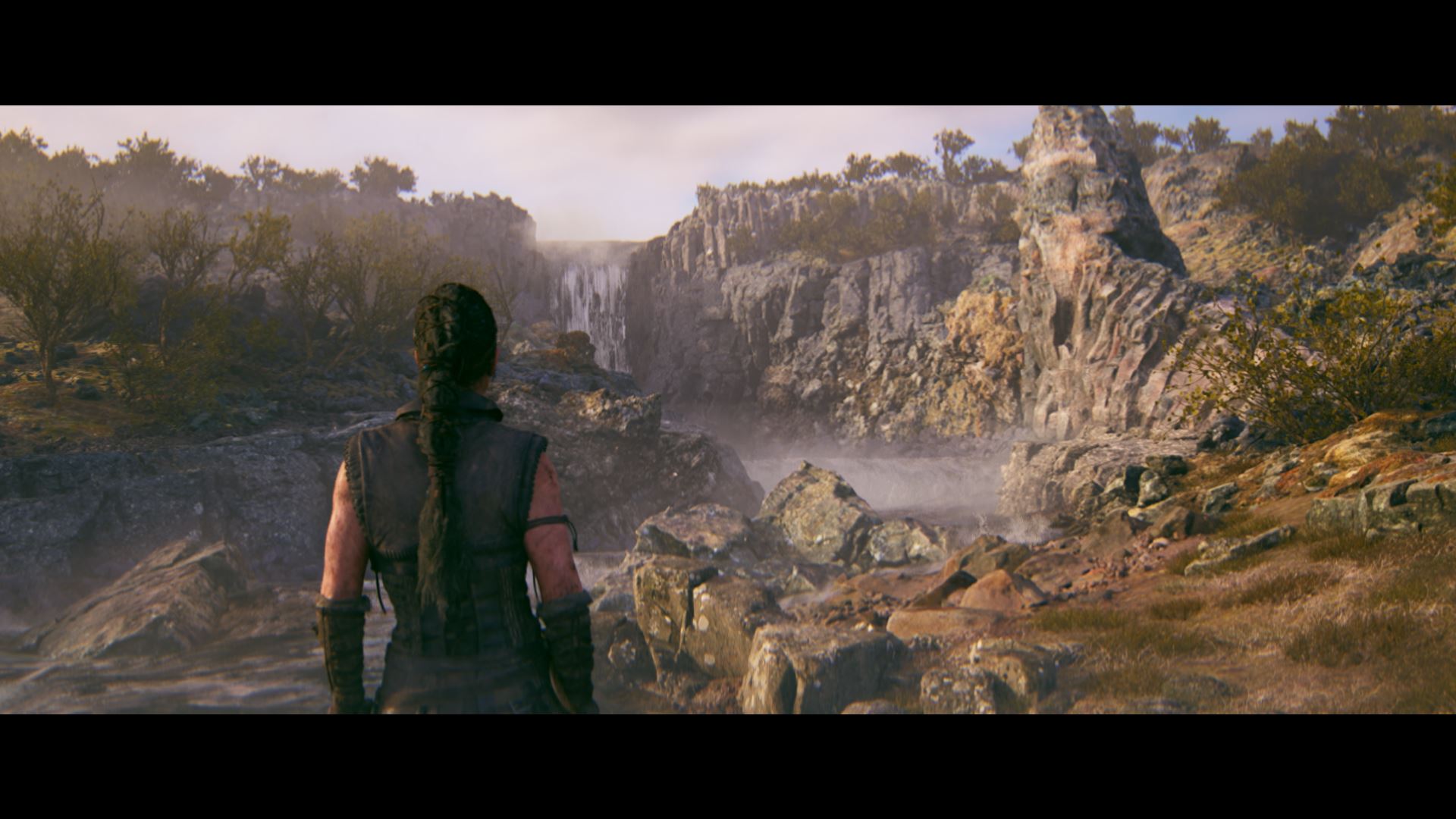
The saga continues
While Senua herself is a Celtic warrior who hails from Orkney (present day Scotland), her quest for vengeance takes her to the realms of Norse mythology. In Hellblade II, Senua attempts to find the slaver’s base by masquerading as a slave and boarding the slave ship.
During a violent storm, Senua finds herself shipwrecked and washed ashore on a place that looks like Iceland with its distinctive landscape with geysers, volcanoes, waterfalls and mossy vegetation.
As she fights for survival, she makes her way to the slavers’ camp and comes across settlements under attack by giants. Here, the residents beg her to help stop the giants’ attacks.
Steeped in elements of Norse mythology and lore, Hellblade II offers up close and personal encounters with mythical hidden folk (Huldufólk), fearsome draugars and not-so-friendly giants.
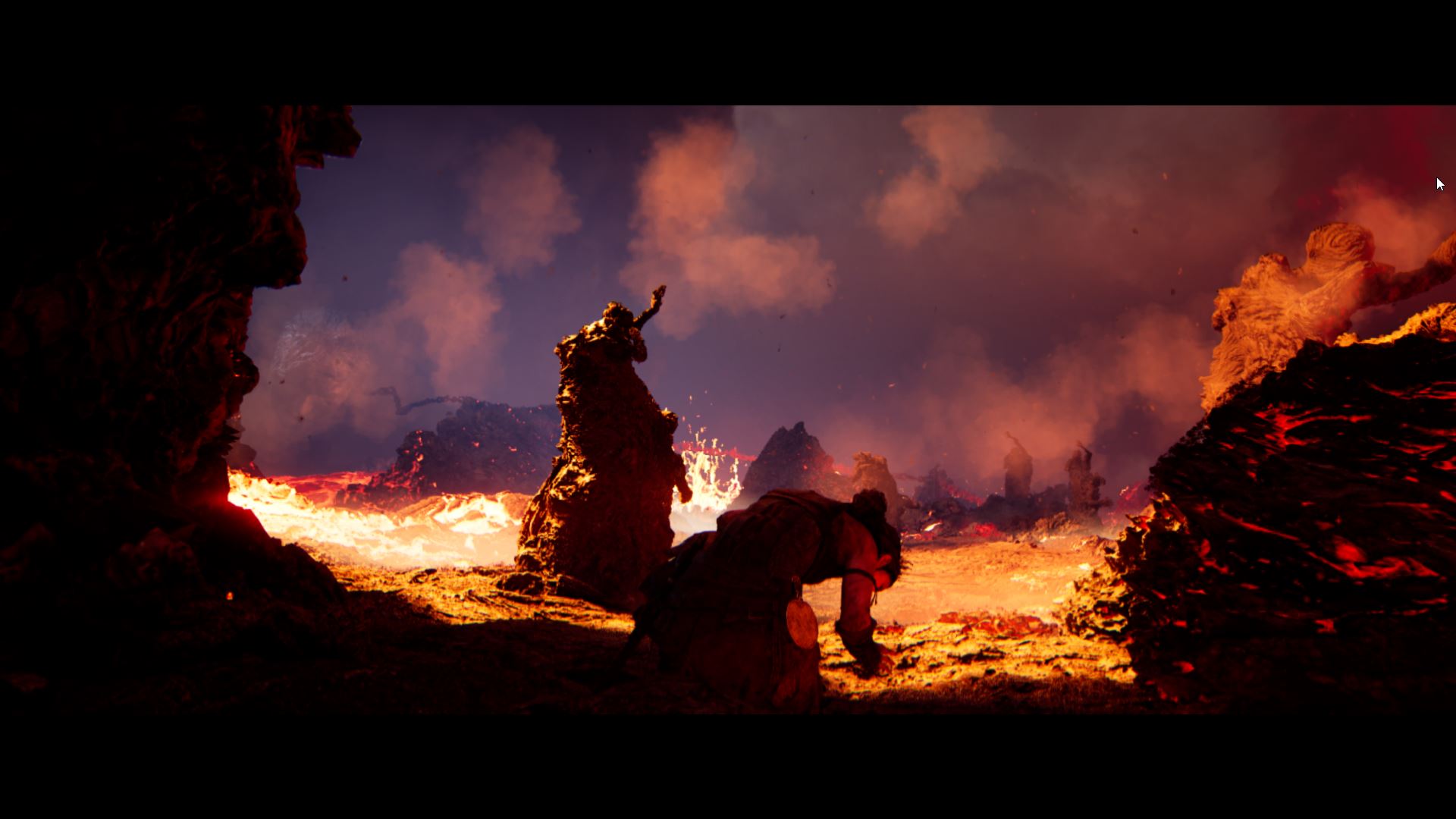
The game is pretty linear, with plenty of walking across stormy coastlines, wide open land and claustrophobic caves and occasional combat. Although there is little character development of Senua in terms of gaining experience points or leveling up, nor any loot to collect nor gear to upgrade, Hellblade II relies on masterful storytelling and strong narrative, as well as an award-worthy performance by Senua’s motion capture and voice acting to drive the game.
Mind games
Unlike the first game that was so introspective, Hellblade II has other characters whom Senua can talk to, not just the voices in her head and hostile entities. This takes away some of the loneliness and isolation experienced in the first game.
The wide open scenery of the distinctive Icelandic landscape and moments of beauty in fair weather are a stark contrast to the suffocating moodiness and depressing atmosphere of the first game, but they do make Hellblade II less impactful in comparison.
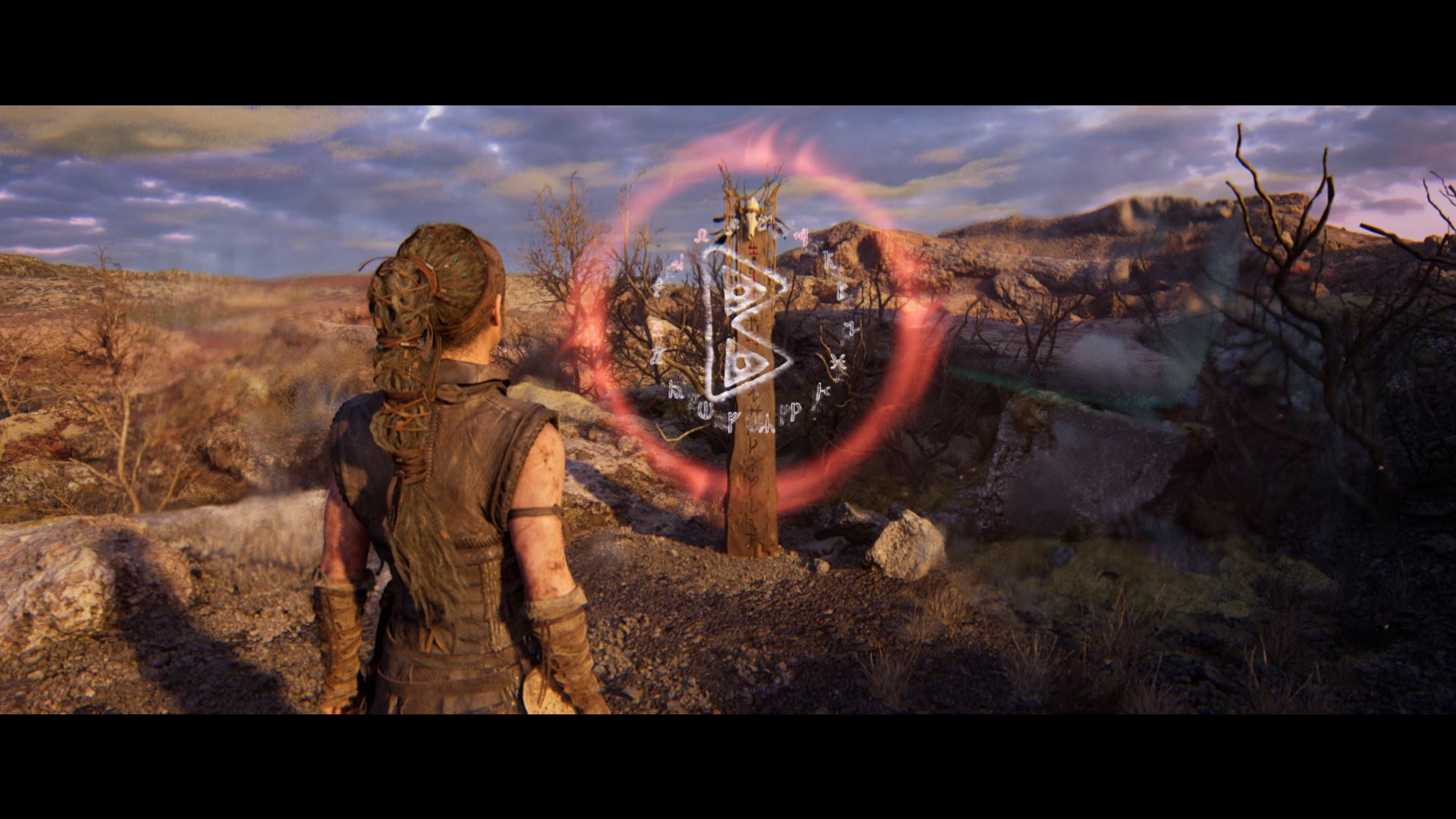
Hellblade II has added some collectibles in the form of Lorestangir which resemble wooden posts covered with Norse runes. When activated, a rune will glow and an episodic Norse folklore will be narrated.
There are also hidden faces in the landscape to be found, which will unveil a path that leads to a glowing green tree revealing a fragment of Norse lore.
The hidden faces are cleverly camouflaged on rocky surfaces and are tricky to spot, which makes you feel that your eyes are being deceived. The constant disappearing of figures and shapes makes you take a second look in doubt, especially while solving puzzles.
Puzzles come in the form of shifting perspectives while looking into the landscape and trying to match glyphs on a gateway, and also shifting gravities with weighted pedestals to access new paths.
There are also scary puzzles that involve chasing the lights or dying in the shadows — the game does not shy away from letting Senua die a gruesome and horrific death.
Thankfully, Hellblade II has done away with the annoying “balance beam” challenges, where Senua has to walk across logs or narrow planks and can fall to her death, especially when trying to complete timed challenges.
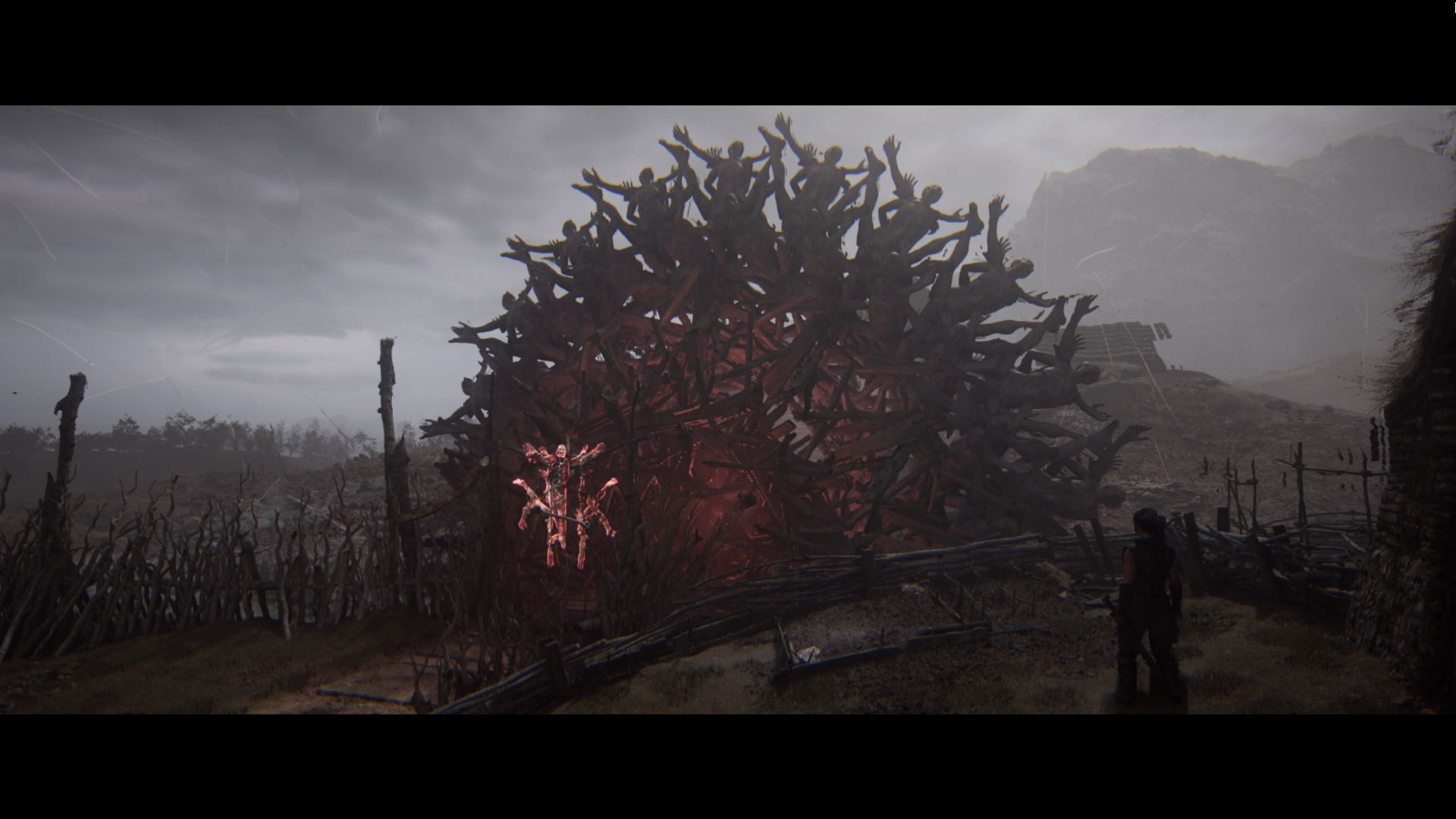
Hellblade II is a relatively short game of six chapters and around seven hours of playtime — more if you plan on hunting down every single Lorestangir and hidden face to unlock the optional extras. However, because of the slow pacing and long distance walking, the game feels longer than that.
Upon completing the game the first time, you can start a new game with the other characters as narrators. This adds plenty of depth to the story from the other characters’ perspective, and definitely worth another playthrough if you missed out on any Lorestangir or hidden faces collectibles.
Of draugars and giants
Combat in Hellblade II involves mostly dodging and parrying, while timing fast and strong attacks correctly to execute some satisfying killer moves. Armed with a sword, Senua cannot take too many hits. She also doesn’t level up, acquire new skills or have improved gear as the game progresses, so combat can get rather one-dimensional and repetitive.
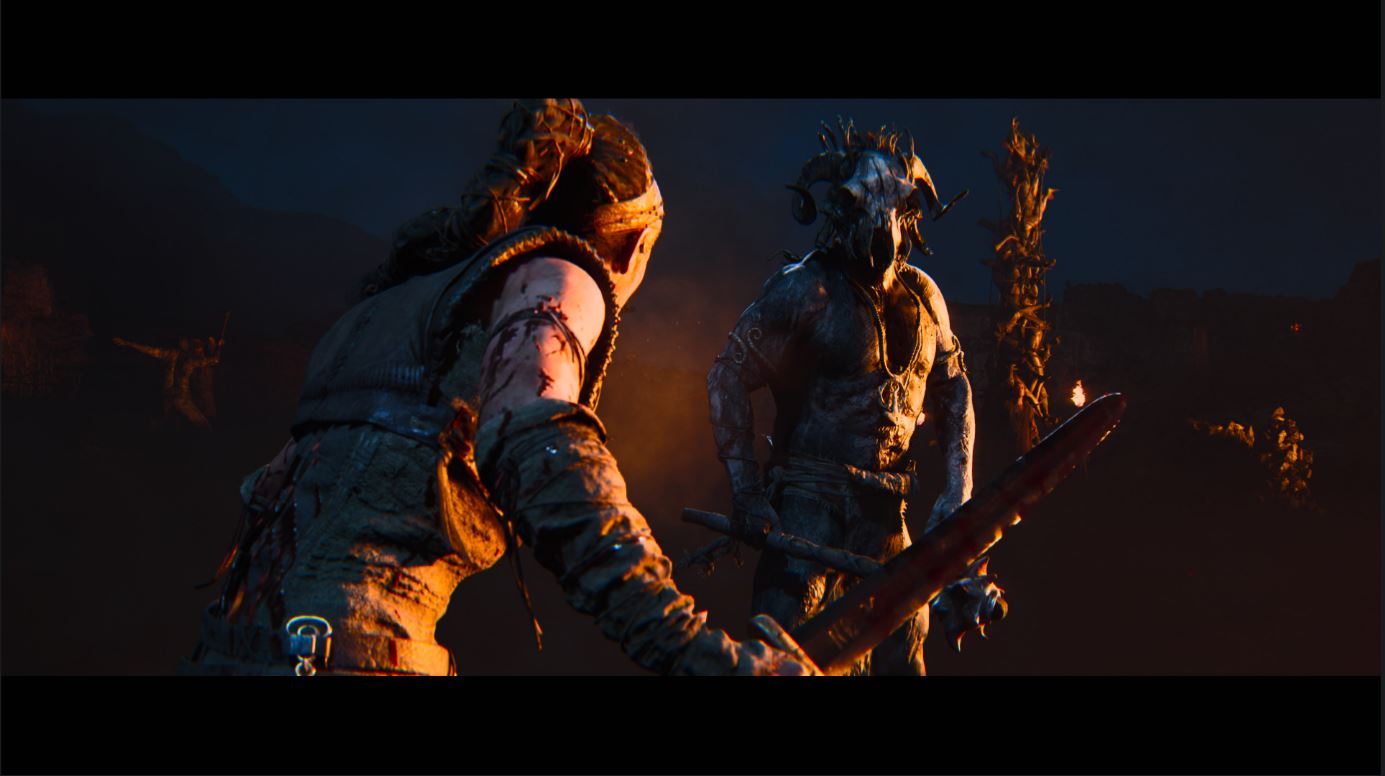
Like the first game, Hellblade II features dynamic difficulty, which alters the difficulty of combat depending on your performance. This means even if Senua keeps getting defeated, the next fight will probably be easier, making sure that one doesn’t get stuck. Thankfully, Hellblade II has no trick or threat of permadeath, unlike in the first game when I was terrified of having Senua die too many times.
With her mirror, Senua can use a special “limit break” skill by focusing and slowing down time to evade death and a chance to land some blows on fast and furious foes, especially on some tough bosses.
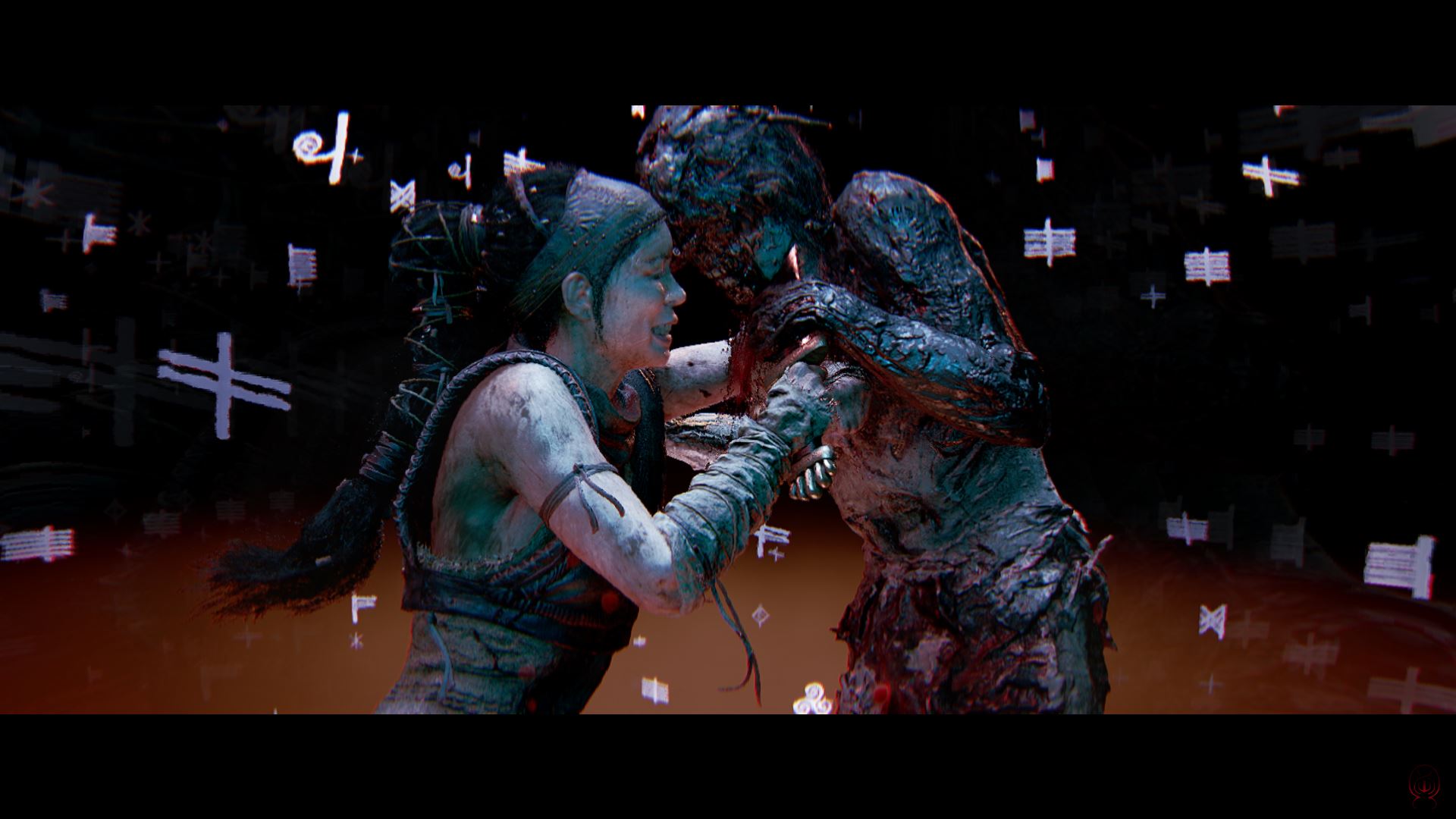
Eyes and voices all around
Hellblade II shows a huge improvement in graphics and production quality over the first game. The exceptionally detailed motion capture brings to life Senua’s complex emotions and intense physical exertions. The cinematic cutscenes and playable sequences flow so seamlessly together that I find myself still trying to control Senua without realising it was a cutscene.
The brutal use of abrupt flashing lights, dense mists and jump scares in dark shadows, makes for a tense and fearsome experience. There is definitely a lot more beautiful scenery to appreciate than in the first game.
You’d also notice that Hellblade II’s water effects are magnificent. There is plenty of opportunity to flaunt it, with the shipwreck in the opening scene as well as puzzles that take place at the coast.
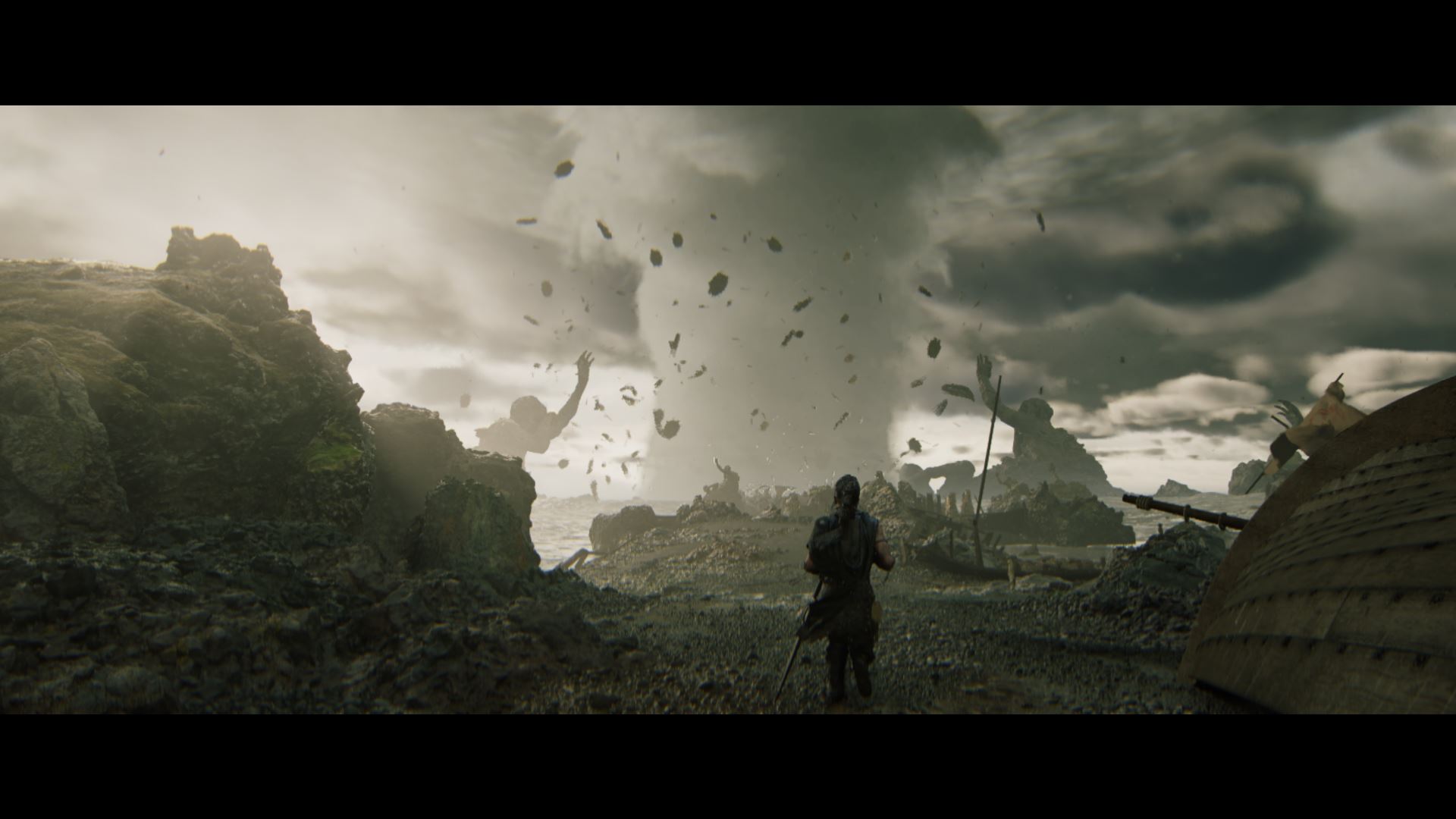
As recommended by the developers during the start of the game, Hellblade II is best enjoyed on headphones. The voices in Senua’s head feel like they are right inside yours, with the game’s realistic binaural audio engineering creating a 3D “in your head” soundscape around your auditory space. It feels pretty creepy and makes one jumpy.
The voices in Senua’s head in Hellblade II are occasionally more encouraging than in the first game, which tended to be more self-admonishing and harsh. They are also more helpful in giving hints to collectibles as well as the presence of enemies behind Senua, making them feel slightly friendlier and kinder than before.
As was clear from the developer’s videos, a lot more effort has gone into the creation of Senua’s hair, costume and motion capture in Hellblade II than the first game. Senua’s clothes were handcrafted and designs were based on materials used during that time period.
For full authenticity in movement and appearance, Senua’s actor was motion captured in full costume and makeup, which is visually impressive and probably under-appreciated.
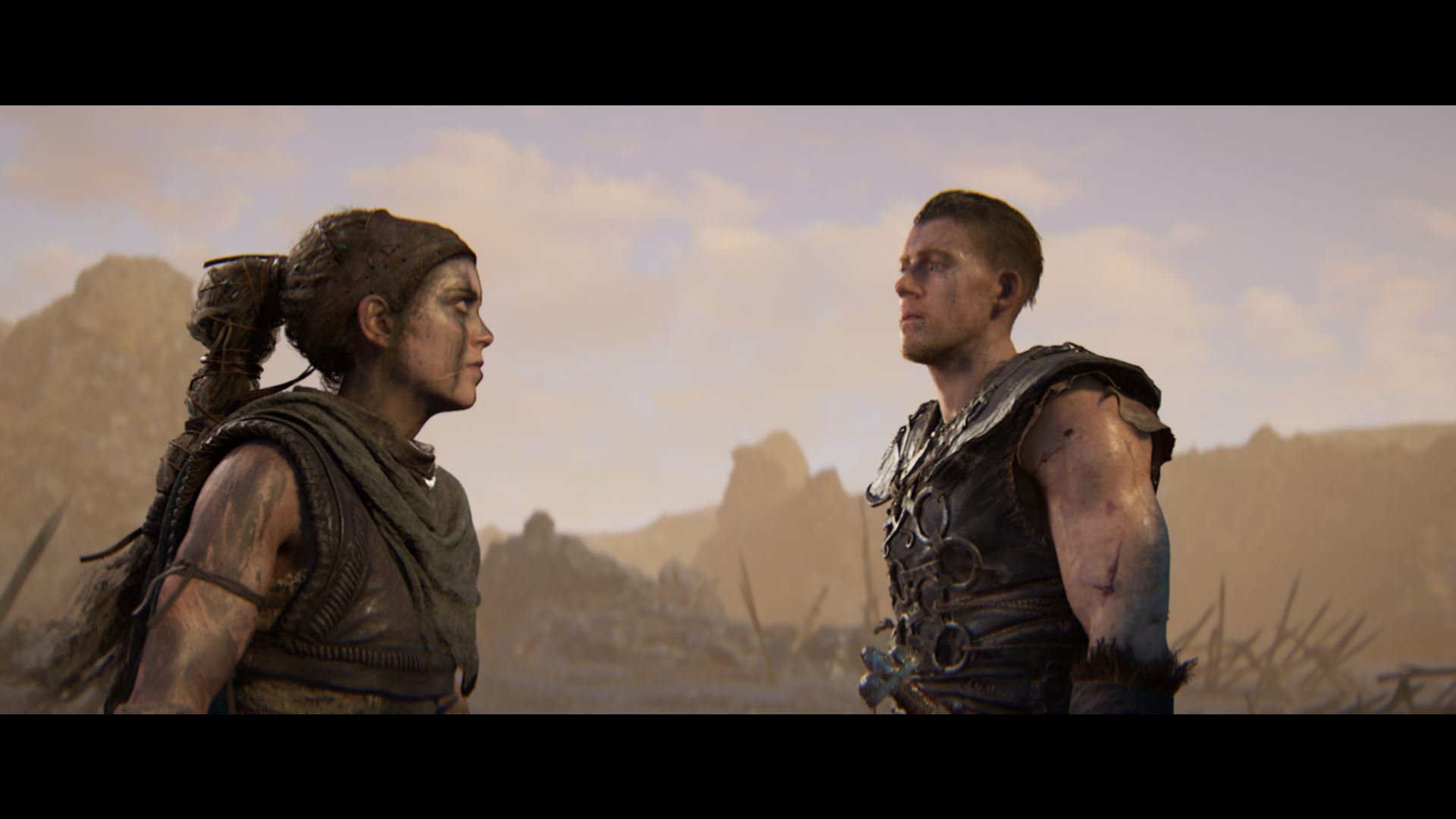
TL;DR
Hellblade II’s gameplay is similar to the first game, with some puzzle-solving, minimalistic combat, and a rich, story-driven narrative. But unlike the first game, Hellblade II focuses more on Senua being a hero and saving others, which dilutes the focus on her psychosis and battles with her personal demons.
Although the second game is less impactful than the first, it has improved in terms of visuals, collectibles and quality of life updates. If you found the first game frustrating and dying too much, Hellblade II is a more forgiving game.
If you are looking beyond just simply playing a game but a more emotive experience, Hellblade II’s masterful sound engineering and exceptional visual detail lets you experience the fear, tension and anguish in Senua’s second adventure. But the game is not for everyone, and gamers who prefer fast-paced action and character building might find this slow and boring.
Senua’s Sacrifice: Hellblade II is available free-to-play as part of the Xbox Game Pass, and for purchase for the PC at S$71.90 on Steam and Microsoft Store, as well as Xbox Series X|S.






